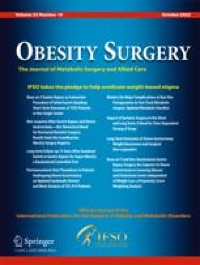Abstract
Background
Regorafenib has been approved among the treatment options for patients with advanced stage colorectal cancer (CRC), hepatocellular carcinoma (HCC), and gastrointestinal stromal tumors (GIST). In this study, we aim to report the real-life experience of the safety and tolerability regorafenib in our institution.
Methods
We conducted a retrospective chart review of 43 patients who received regorafenib in Kuwait Cancer Control Center (KCCC) from 2016 to the end of 2019. Data collected include diagnosis, patient demographics, performance status, number of previous lines of treatment, number of treatment cycles, side effects, best-tolerated dose, and treatment discontinuation due to intolerability. Univariate analysis with Pearson chi-square test were conducted to study co-relation between discontinuation rates and several factors.
Results
We had available data for 43 patients (23 males and 20 females). Of the patients, 83.7% had an ECOG performance status of 0 or 1. Seventy-three percent were diagnosed with metastatic CRC, 21% were diagnosed with HCC and 6% were diagnosed with GIST tumors. Half of the patients received 3 lines or more of treatment prior to regorafenib. The median number of cycles received was 3.7 with 11.6% of patients still on active treatment at the time of analysis. The most reported grade 3 and above side effects included rash (41.9%), fatigue (39.6 %), hypertension (25.6%), mucositis (21.9%), hand-foot syndrome (2.3%), and hyperbilirubinemia (4.6%). The best-tolerated dose was 80 mg and that was achieved in 44.2% of patients. The recommended dose of 160 mg could only be achieved in 20.9% of patients. The treatment was discontinued because of intolerability in 25.6% of patients. The discontinuation rates in those with ages 60 years and above versus below 60 years were 91% an d 68%, respectively.
Conclusion
In our cohort, the best-tolerated dose of regorafenib was 80 mg. Toxicity and intolerability of regorafenib lead to treatment discontinuation in nearly a quarter of patients. Patient age may influence tolerance and adherence to regorafenib.






